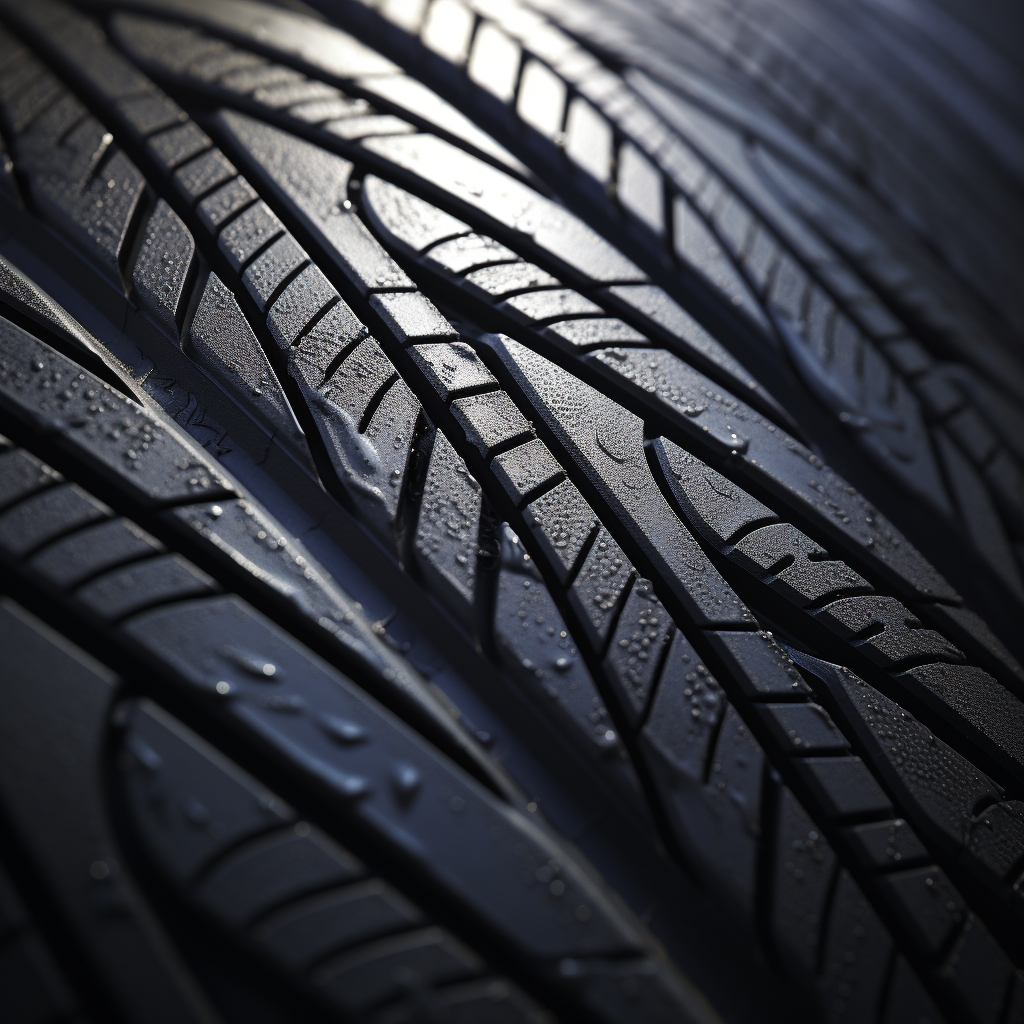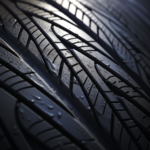Do you want to dominate the road with unwavering confidence and control? Then listen up! It just so happens that the key to maintaining your power on the pavement lies in the condition of your tires. Yes, you heard that right! Checking your tires for wear is a crucial step in ensuring your supremacy on the road. So, how often should you do it? Well, my friend, the answer to that question is not to be taken lightly. In this guide, we will reveal the recommended frequency for tire inspections, as well as the signs of wear to watch out for. Get ready to unleash your power and conquer the asphalt like a true champion!
Importance of Tire Inspections
You should regularly inspect your tires for wear to ensure optimal safety and performance. As a person who desires power, you understand the importance of maintaining control and dominance on the road. Your tires are the foundation of your vehicle’s power, providing the grip and traction needed to conquer any terrain. By inspecting your tires regularly, you can identify any signs of wear or damage that may compromise their performance. Look for any uneven tread wear, bulges, or cracks that could indicate potential issues. Additionally, check the tire pressure regularly to ensure proper inflation, as underinflated tires can lead to decreased fuel efficiency and reduced handling capabilities. Remember, powerful individuals take control of their safety and performance by inspecting their tires regularly.
Recommended Frequency for Checking Tires
To ensure optimal safety and performance, it is recommended to regularly check your tires for wear. Keeping a close eye on the condition of your tires will help you identify any potential issues before they become major problems. Here are four key reasons why you should make tire inspections a regular part of your routine:
- Safety first: Regular tire inspections help you catch any signs of wear or damage that could compromise your safety on the road.
- Extend tire life: By catching and addressing tire wear early on, you can prolong the lifespan of your tires and avoid premature replacements.
- Improve fuel efficiency: Properly inflated and aligned tires can improve fuel efficiency, saving you money at the pump.
- Optimize performance: Well-maintained tires provide better traction, handling, and braking, giving you more control over your vehicle.
Signs of Tire Wear to Look Out For
Regularly inspecting your tires for wear is crucial to ensure their longevity and your safety on the road. As a driver who desires power and control, it is essential to be aware of the signs of tire wear. One of the first signs to look out for is uneven tread wear. This can indicate improper tire alignment or suspension issues, affecting your vehicle’s performance. Another sign is low tread depth, as worn-out tread reduces traction and increases the risk of hydroplaning or skidding. Bulges or cracks on the sidewalls are also signs of tire wear and potential failure. Additionally, if you notice increased noise or vibration while driving, it could be due to tire wear. By paying attention to these signs, you can proactively address tire wear issues, ensuring optimal performance and maintaining your powerful presence on the road.
Factors That Affect Tire Wear
Factors such as driving habits, road conditions, and tire maintenance can significantly impact tire wear. To ensure your tires have maximum longevity and performance, it is crucial to understand these factors and take appropriate action. Here are some key factors that affect tire wear:
- Driving habits: Aggressive driving, excessive speeding, and frequent hard braking can cause accelerated tire wear.
- Road conditions: Rough, uneven, or poorly maintained roads can lead to uneven tire wear and damage.
- Tire maintenance: Neglecting proper tire inflation, rotation, and alignment can result in premature tire wear.
- Load and weight distribution: Overloading your vehicle or uneven weight distribution can strain your tires and cause them to wear out faster.
Tips for Maintaining Tire Health
If you want to keep your tires in top condition, it’s important to follow these tips for maintaining tire health. First, make sure to regularly check the air pressure of your tires. Underinflated tires can decrease fuel efficiency and increase the risk of blowouts. Second, rotate your tires every 5,000-8,000 miles to ensure even tread wear. This will prolong the life of your tires and improve overall performance. Third, inspect your tires for any signs of damage, such as cracks, bulges, or punctures. If you spot any issues, replace the tire immediately to avoid potential accidents. Lastly, maintain proper wheel alignment and balance to prevent uneven wear and vibrations. By following these powerful tips, you’ll ensure that your tires are always in optimal condition, providing you with a safe and smooth driving experience.
Conclusion
In conclusion, regularly checking your tires for wear is essential for maintaining optimal safety on the road. It’s a piece of cake to inspect your tires and identify signs of wear, such as tread depth, cracks, or bulges. By doing this, you can nip any potential problems in the bud and ensure a smooth ride. Remember, an ounce of prevention is worth a pound of cure when it comes to tire health. So, don’t wait for the rubber to meet the road, start checking those tires today!



